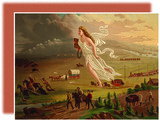
Lewis and ClarkThe Missouri CrisisIndependence for TexasThe Mexican-American War, 1846–1848Free Soil or Slave? The Dilemma of the West
- Subject:
- Social Science
- Material Type:
- Module
- Author:
- OpenStax College
- Date Added:
- 07/18/2021

Lewis and ClarkThe Missouri CrisisIndependence for TexasThe Mexican-American War, 1846–1848Free Soil or Slave? The Dilemma of the West

By the end of this section, you will be able to:Explain the significance of the Louisiana PurchaseDescribe the terms of the Adams-Onís TreatyDescribe the role played by the filibuster in American expansion
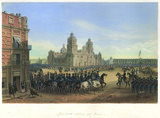
By the end of this section, you will be able to:Identify the causes of the Mexican-American WarDescribe the outcomes of the war in 1848, especially the Mexican CessionDescribe the effect of the California Gold Rush on westward expansion
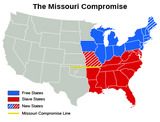
By the end of this section, you will be able to:Explain why the North and South differed over the admission of Missouri as a stateExplain how the admission of new states to the Union threatened to upset the balance between free and slave states in Congress
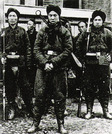
By the end of this section, you will be able to:Explain how economic power helped to expand America’s empire in ChinaDescribe how the foreign partitioning of China in the last decade of the nineteenth century influenced American policy
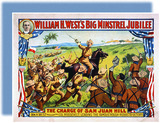
Turner, Mahan, and the Roots of EmpireThe Spanish-American War and Overseas EmpireEconomic Imperialism in East AsiaRoosevelt’s “Big Stick” Foreign PolicyTaft’s “Dollar Diplomacy”
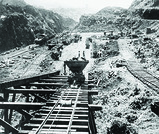
By the end of this section, you will be able to:Explain the meaning of “big stick” foreign policyDescribe Theodore Roosevelt’s use of the “big stick” to construct the Panama CanalExplain the role of the United States in ending the Russo-Japanese War
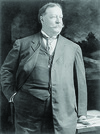
By the end of this section, you will be able to:Explain how William Howard Taft used American economic power to protect the nation’s interests in its new empire

By the end of this section, you will be able to:Explain the origins and events of the Spanish-American WarAnalyze the different American opinions on empire at the conclusion of the Spanish-American WarDescribe how the Spanish-American War intersected with other American expansions to solidify the nation’s new position as an empire
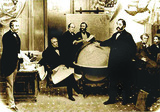
By the end of this section, you will be able to:Explain the evolution of American interest in foreign affairs from the end of the Civil War through the early 1890sIdentify the contributions of Frederick Jackson Turner and Alfred Thayer Mahan to the conscious creation of an American empire
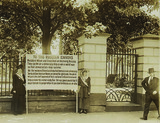
By the end of this section, you will be able to:Explain how the status of organized labor changed during the First World WarDescribe how the lives of women and African Americans changed as a result of American participation in World War IExplain how America’s participation in World War I allowed for the passage of prohibition and women’s suffrage
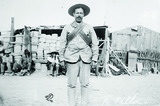
By the end of this section, you will be able to:Explain Woodrow Wilson’s foreign policy and the difficulties of maintaining American neutrality at the outset of World War IIdentify the key factors that led to the U.S. declaration of war on Germany in April 1917

By the end of this section, you will be able to:Identify the challenges that the United States faced following the conclusion of World War IExplain Warren G. Harding’s landslide victory in the 1920 presidential election
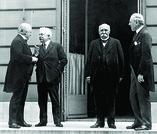
By the end of this section, you will be able to:Identify the role that the United States played at the end of World War IDescribe Woodrow Wilson’s vision for the postwar worldExplain why the United States never formally approved the Treaty of Versailles nor joined the League of Nations
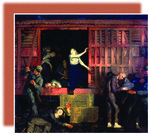
American Isolationism and the European Origins of the WarThe United States Prepares for WarA New Home FrontFrom War to PeaceDemobilization and Its Difficult Aftermath

By the end of this section, you will be able to:Identify the steps taken by the U.S. government to secure enough men, money, food, and supplies to prosecute World War IExplain how the U.S. government attempted to sway popular opinion in favor of the war effort
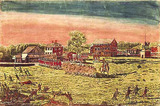
By the end of this section, you will be able to:Explain how Great Britain’s response to the destruction of a British shipment of tea in Boston Harbor in 1773 set the stage for the RevolutionDescribe the beginnings of the American Revolution

By the end of this section, you will be able to:Explain Loyalist and Patriot sentimentsIdentify different groups that participated in the Revolutionary War
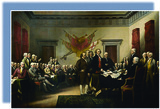
Britain’s Law-and-Order Strategy and Its ConsequencesThe Early Years of the RevolutionWar in the SouthIdentity during the American Revolution

By the end of this section, you will be able to:Explain the British and American strategies of 1776 through 1778Identify the key battles of the early years of the Revolution